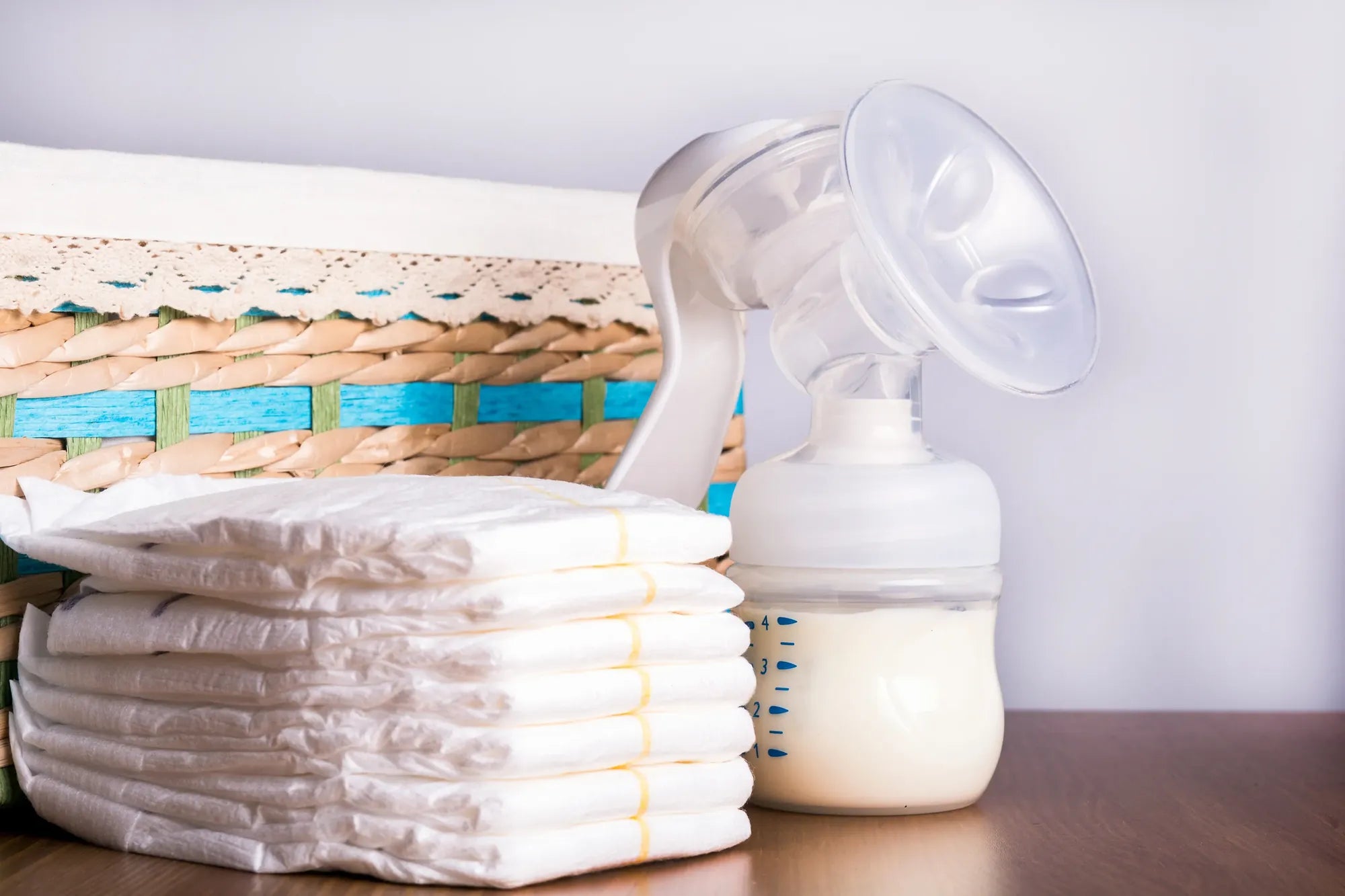Home
Pregnancy, Breastfeeding, and Pumping: The Ultimate Guide for Moms
How to Stop Breast Pumping Immediately: A Comprehensive Guide

How to Stop Breast Pumping Immediately: A Comprehensive Guide
Deciding to stop breast pumping immediately can be a significant and emotional decision for many mothers. Whether due to personal reasons, health concerns, or a shift in feeding routines, it’s essential to approach this process thoughtfully. Abruptly stopping breast pumping can lead to physical discomfort and emotional challenges, so it’s crucial to have a plan in place. This article will guide you through the steps to stop breast pumping immediately while ensuring your well-being and comfort.
Understanding the Process of Stopping Breast Pumping
Breast pumping is a common practice for mothers who want to provide breast milk for their babies but may not always be able to breastfeed directly. The process of stopping breast pumping, however, requires careful consideration. Your body has adapted to producing milk based on the frequency and duration of pumping sessions. Stopping abruptly can cause engorgement, clogged ducts, or even mastitis, a painful breast infection. Understanding how your body works can help you make informed decisions about stopping breast pumping immediately.
Gradual Weaning: A Safer Approach
While the keyword suggests stopping breast pumping immediately, it’s often safer and more comfortable to wean gradually. If time allows, consider reducing the number of pumping sessions over a week or two. For example, if you pump five times a day, reduce it to four, then three, and so on. This gradual reduction signals your body to produce less milk, minimizing discomfort. However, if immediate cessation is necessary, there are still ways to manage the process effectively.
Steps to Stop Breast Pumping Immediately
If you need to stop breast pumping right away, follow these steps to reduce discomfort and potential complications:
1. Limit Pumping Sessions
Instead of stopping all at once, reduce the duration of each pumping session. For example, if you typically pump for 20 minutes, cut it down to 10 minutes. This helps decrease milk production without causing sudden engorgement.
2. Use Cold Compresses
Applying cold compresses to your breasts can help reduce swelling and discomfort. Cold cabbage leaves are a popular natural remedy, as they can help dry up milk supply. Place chilled cabbage leaves on your breasts for about 20 minutes, repeating as needed.
3. Wear a Supportive Bra
A well-fitted, supportive bra can provide comfort and reduce the risk of engorgement. Avoid tight bras, as they can lead to clogged ducts. Opt for a bra that offers gentle support without constricting your breasts.
4. Stay Hydrated and Maintain a Healthy Diet
While it may seem counterintuitive, staying hydrated is essential during this process. Dehydration can thicken your milk, making it harder to express and increasing the risk of clogged ducts. Eating a balanced diet also supports your overall health during this transition.
5. Massage and Hand Express
If you experience discomfort or engorgement, gently massage your breasts to relieve pressure. Hand express a small amount of milk to alleviate fullness, but avoid emptying your breasts completely, as this can stimulate further milk production.
Managing Emotional Challenges
Stopping breast pumping can be an emotional experience, especially if it marks the end of your breastfeeding journey. It’s normal to feel a mix of emotions, including sadness, relief, or guilt. Acknowledge these feelings and give yourself grace during this transition. Talking to a supportive friend, family member, or counselor can help you process your emotions and feel more at ease.
When to Seek Medical Advice
While most women can stop breast pumping without complications, it’s important to monitor your body for signs of trouble. If you experience severe pain, fever, or redness in your breasts, you may have developed mastitis. Contact your healthcare provider immediately for treatment. Additionally, if you’re unsure about the best way to stop breast pumping, consult a lactation consultant or doctor for personalized advice.
Alternative Feeding Options
If you’re stopping breast pumping to transition to another feeding method, explore your options. Formula feeding, donor milk, or a combination of both can provide your baby with the nutrition they need. Discuss these choices with your pediatrician to ensure your baby’s dietary needs are met.
Prioritizing Your Well-Being
Stopping breast pumping is a personal decision that requires careful planning and self-care. Whether you choose to wean gradually or stop immediately, prioritize your physical and emotional health. Remember, every mother’s journey is unique, and there’s no right or wrong way to approach this process. By following these steps and seeking support when needed, you can stop breast pumping immediately while maintaining your comfort and well-being.
Ready to take the next step in your feeding journey? Explore our resources and expert tips to make the transition as smooth as possible. Your health and happiness matter, and we’re here to support you every step of the way.
Share
